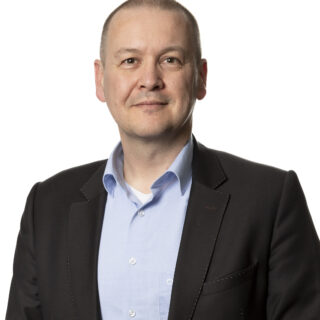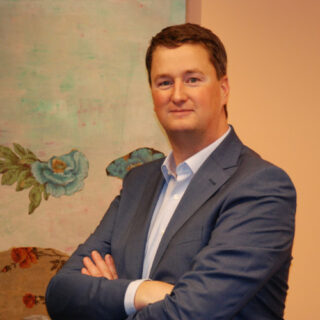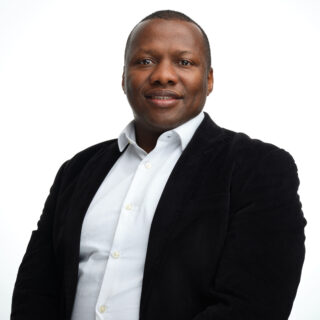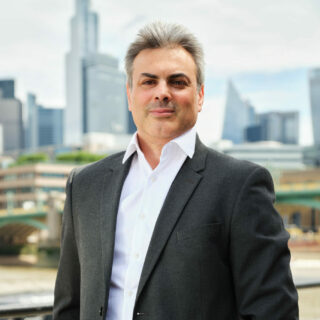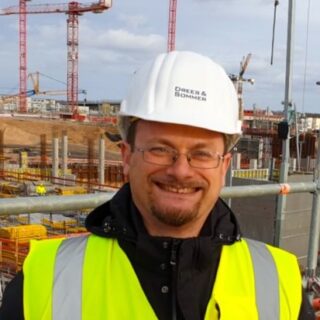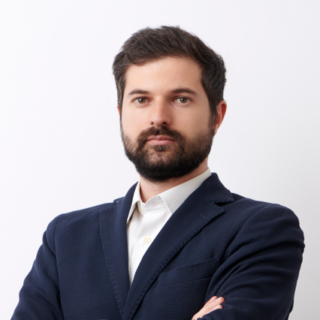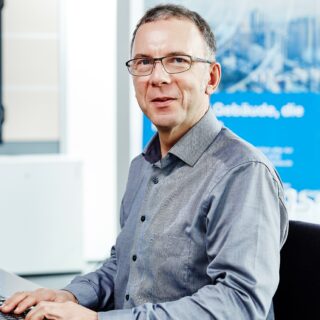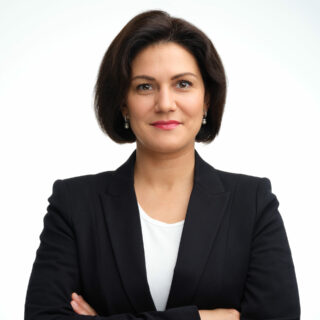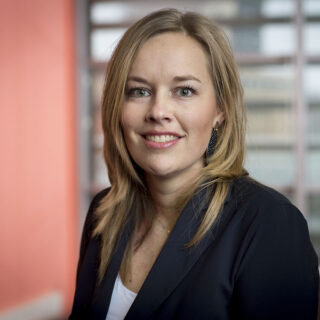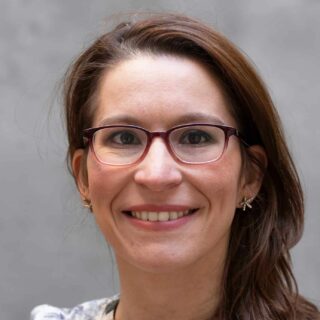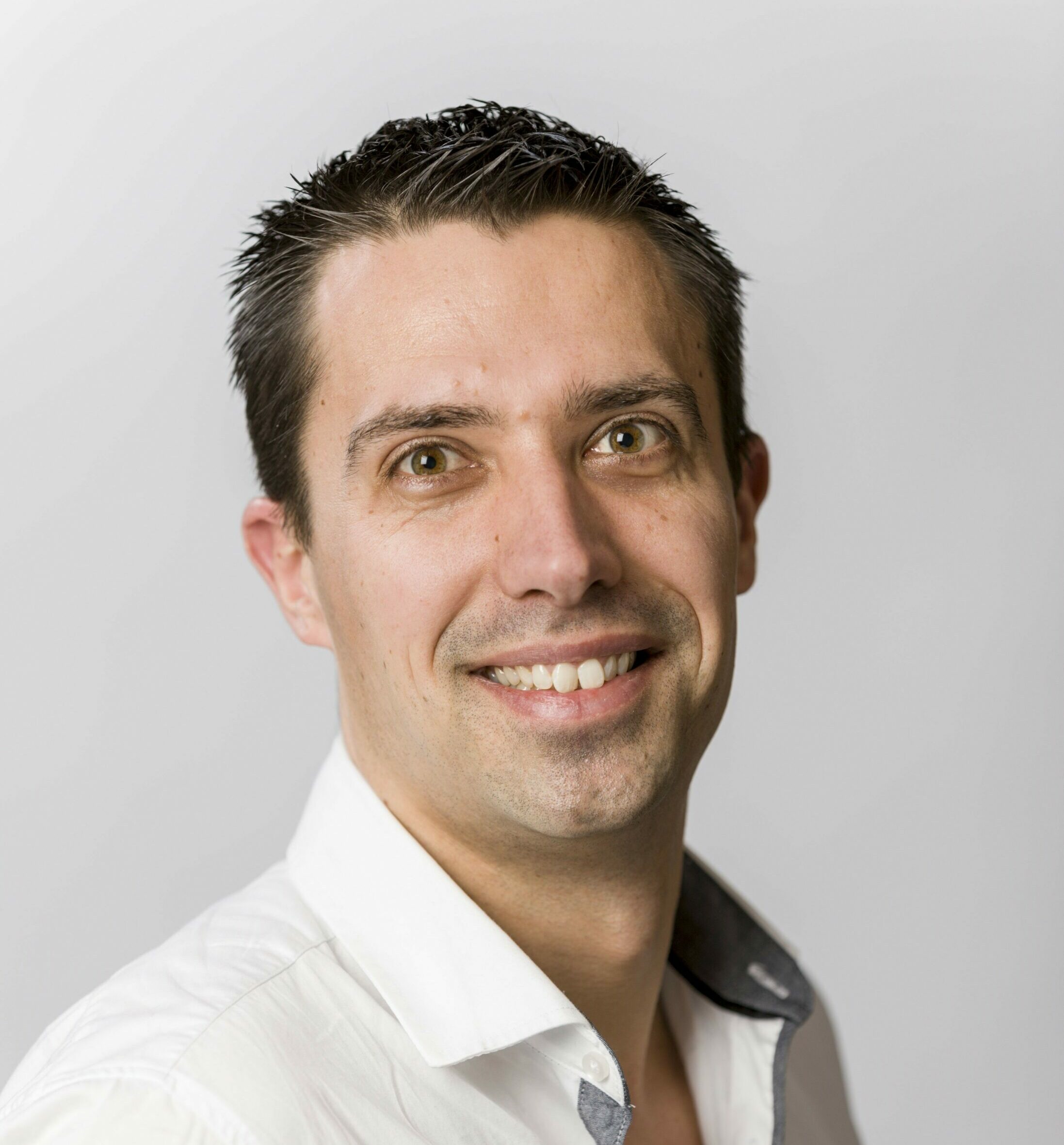
Across Europe, a quiet transformation is under way in hospital design – one that is reshaping how buildings support care, staff and sustainability.
As the demands on health care systems grow and staffing shortages intensify, hospitals must work smarter, not just harder. This need has turned the spotlight on smart technology – systems that integrate data, automation and intelligent infrastructure to enhance care delivery, operational efficiency and sustainability.
At Deerns, our approach to smart building design bridges the gap between high level vision and technical implementation. Our work with Bravis Hospital, a forward thinking client in the Netherlands, illustrates the challenges and potential of this transformation.
From Vision to Infrastructure
When Bravis first began designing their new 75,000 m² hospital on the Bulkenaar, the role of smart technologies was not fully defined. Turning ambitious ideas into reality required collaboration, coordination and a solid engineering foundation. That is where Deerns came in – to translate vision into viable, future proof building systems.
We focused on implementing a core infrastructure that allows Bravis to evolve their smart systems over time. The goal was to ensure that the right sensors, connectivity and data streams were in place so that when the hospital is ready to expand its digital capabilities, the building is ready too.
Engineering the Essentials
The Deerns team considered a wide range of smart enabling features for the Bravis Hospital project, such as:
- Occupancy Sensors: Installed throughout the facility to track space usage, optimise cleaning schedules and enable dynamic room booking.
- Environmental Monitoring: Sensors to capture data on climate conditions and sound levels, supporting patient comfort and operational insight.
- Building & Energy Management Systems (BMS & EMS): Smart infrastructure and software to enable future automation and sustainable energy and provide insight on building operation and energy use
- Asset Tracking Capabilities: Potential infrastructure to support tracking of critical hospital equipment like wheelchairs, reducing time wasted locating assets.
- Patient Room Tablets (Infrastructure Ready): Systems enabling patients to control lighting, climate and call functions, supporting autonomy and reducing staff workload.
These systems were not just installed – they were designed into the building ensuring maximum compatibility and future flexibility.
Collaboration, Not Just Integration
One of Deerns’ key strategies is running smart building workshops with stakeholders across ICT, facilities management, operations and design. These sessions are vital to uncovering hidden expectations, aligning goals and breaking down silos.
This collaborative model helps departments understand each other’s visions and constraints. It is only through these joint efforts that smart systems can truly deliver value – because the smartest technology is useless if it is not understood, adopted and integrated into real workflows.
Lessons Learned
Every project offers insight. At Bravis, a few key lessons stood out:
- Start Smart Early: Integrating smart systems at the design stage ensures better connections, maximises impact, and avoids costly retrofits for future desires
- Prioritise Data Readiness: It is not about having the smartest software today – it is about ensuring that the correct data infrastructure exist so tomorrow’s solutions can be built on today’s foundations.
- Manage Stakeholder Complexity: Hospitals involve many stakeholders with differing goals. Workshops and clear communication are essential to making smart decisions collaboratively.
- Smart Doesn’t Mean Done: Bravis now has the infrastructure to develop apps, protocols and services that will take time and cooperation among partners, bringing the hospital services to the next level.
The Benefits in Focus
Implementing full smart solutions in healthcare facilities offers clear, concrete advantages:
- More autonomy for patients through self-service interfaces.
- Reduced staff workload with better automation and asset visibility.
- Improved patient monitoring via integrated sensors and systems.
- Enhanced maintenance and reliability with real time diagnostics.
- Optimised energy use through intelligent systems and renewables.
- Facility responsiveness aligned with actual building usage patterns.
Deerns continues to work across Europe on issues like energy net congestion, Energy Performance of Buildings Directive (EPBD) regulation compliance and smart integration in healthcare and beyond.
The Bravis project is one example of how we embed future potential into today’s architecture. But our vision goes further. We see buildings as intelligent ecosystems, capable of learning, adapting and contributing to a healthier, more efficient world. Whether in healthcare, life sciences or real estate, we are forwarding thinking when engineering spaces. With each project, we are not just building smarter buildings. We are building smarter futures.



